London is renowned for its rich theatre scene, offering a diverse range of productions from classic plays to modern musicals. With so many theatres to choose from, it can be overwhelming to decide where to go. That's why we've created this comprehensive guide to all the theatres in London, complete with seating charts and useful information to help you plan your next visit.
Whether you're a seasoned theatre-goer or a first-timer, we hope this guide will be your go-to resource for all things London theatre!
A Newbie's Guide to London Theatres
List of All London Theatres
1 Cambridge Theatre
Cambridge Theatre is located in the West End of London, lying in a triangular site facing the Seven Dials in Earlham street. The theatre opened in 1930, with the first production being a revue show directed by André Charlot - Masquerade. The theatre is located in one of the busiest areas, next to Phoenix Theatre, Leicester Square Theatre, and Prince Edward Theatre.

2 Apollo Theatre
The Grade II West End theatre was designed by architect Lewin Sharp. Constructed for Henry Lowenfeld, the theatre was the fourth legitimate theatre to be built in the locality, opening in 1901 with the musical comedy 'The Belle of Bohemia'.

3 Lyric Theatre
Opening in 1888, the theatre was built for producer Henry Leslie, constructed with his profits from the hit opera show 'Dorothy'. In its initial days, the theatre specialised in musicals, however later went on to play many non-musical productions too. The theatre was designed by architect C. J. Phipps.

4 Aldwych Theatre
The Grade II listed theatre opened in 1905 with an opening production of "Blue Bell', a pantomime. The building was built as a pair to the then Waldorf Theatre, which is now known as the Novello Theatre. Designed by W. G. R. Sprague, the building features an Edwardian Baroque style.

5 Apollo Victoria Theatre
Originally opening in 1930 as a cinema theatre, the Apollo Victoria Theatre started featuring musicals in 1981, with its first musical - 'The Sound of Music'. Designed by architects William Edward Trent and Lewis, the entrance features an art deco style. The theatre is home to the highly renowned musical 'Wicked' since September 2006.

6 Garrick Theatre
The West End theatre opened in 1889, funded by W. S. Gilbert, a playwright with over 75 shows under his belt. Named after the stage actor David Garrick, the theatre initially specialised in melodramatic performances. The theatre is a Grade II listed building.
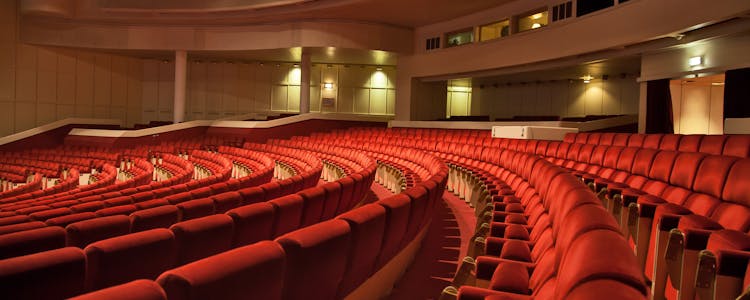
7 Charing Cross Theatre
Operating since 1936, the site was once housed by a renowned Victorian music hall called as 'The Players' Theatre'. Offering an intimate experience, the theatre is one of the smallest theatres in the West End. The theatre has been transforming itself into a production house under its artistic director Thom Southerland since 2016.
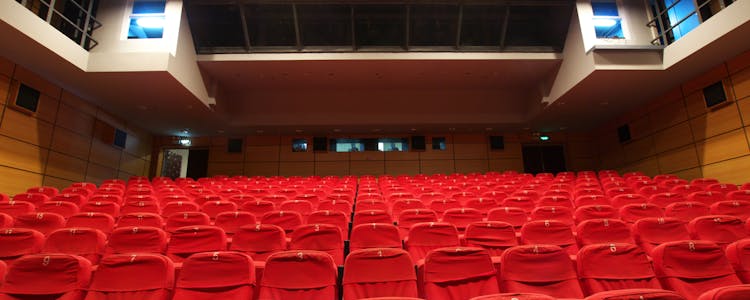
8 Gillian Lynne Theatre
The Gillian Lynne Theatre was named the New London Theatre before renaming it after the legendary West End choreographer. This theatre has run a few favourite musical names like Andrew Lloyd Webber’s 'Cats' and it will be home to the world premiere of Andrew Lloyd Webber's musical 'Cinderella'.
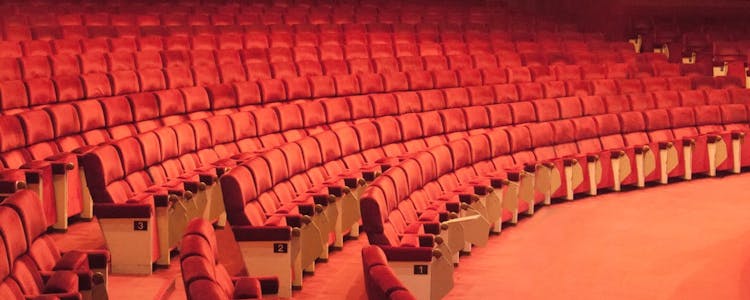
9 Duchess Theatre
The Duchess Theatre opened its doors in 1929. Featuring a proscenium arch (a vertical space above the stage; from where the curtain is lowered down, and sides), the theatre is one of the smallest in the West End. 'The Play That Goes Wrong' is the longest running play in the theatre, and has been playing since 14 September 2014.

10 Harold Pinter Theatre
Formerly known as the Royal Comedy Theatre (until 2011), the Harold Pinter Theatre opened in 1881. Built in stucco and brick, the building was designed by architect Thomas Verity. Featuring horseshoe-shaped balconies, the theatre has Renaissance style throughout; in shades of white and gold, along with plush drapery.
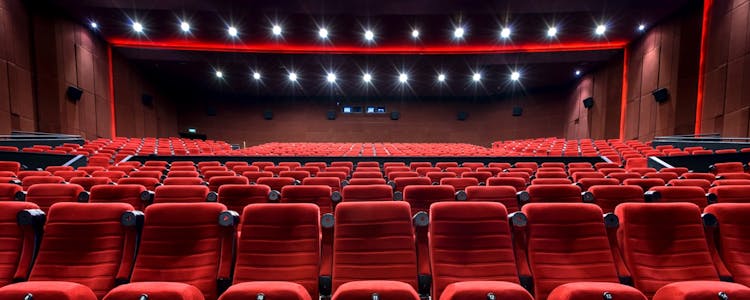
11 Fortune Theatre
The Grade II listed building was originally a public house often visited by Victorian and Georgian actors, the theatre opened in 1924, featuring an Italianate style. The theatre is the second smallest theatre in West End and is also London city's first theatre to be built after the first world war.
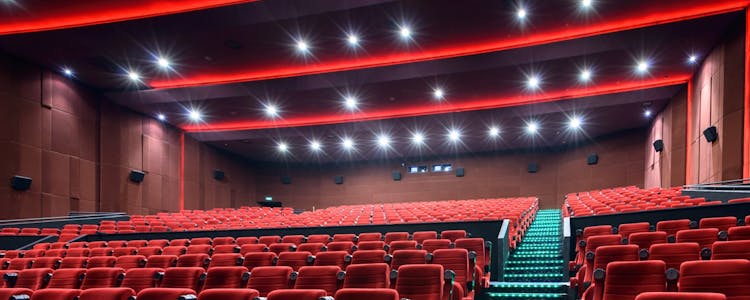
12 Her Majesty’s Theatre
Established by playwright and architect John Vanbrugh, the theatre opened in 1705 as 'Queen's Theatre'. A unique fact about the theatre is that its name changes as per the ruling queen/ king's gender. The Her Majesty's Theatre will now be changed to His Majesty's Theatre following the coronation of the new king, Charles III.
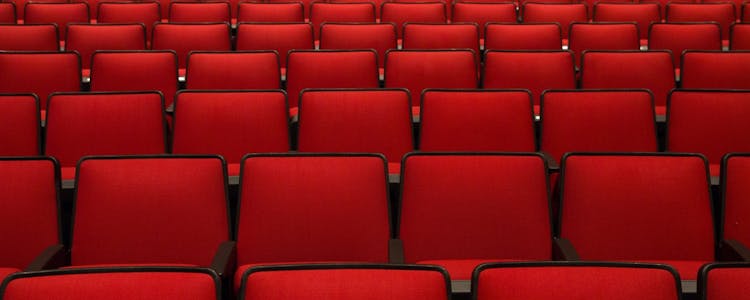
13 Gielgud Theatre
Formerly known as the Hicks Theatre, the theatre opened in 1906, designed by W. G. R. Sprague. In 1909, the theatre was renamed to as 'Globe Theatre'. In 1994, the theatre was finally renamed as Gielgud Theatre after the theatre director and actor Sir Arthur John Gielgud.
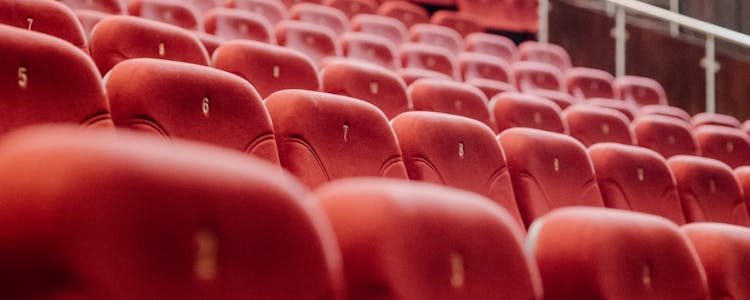
14 London Coliseum
Formerly called as the 'London Coliseum Theatre of Varieties', the theatre opened in 1904. Designed by architect Frank Matcham, the architect's goal was to build a large music hall, defining it to be 'people's palace of entertainment' of the time. The Colliseum is home to many operas and the English National Ballet.
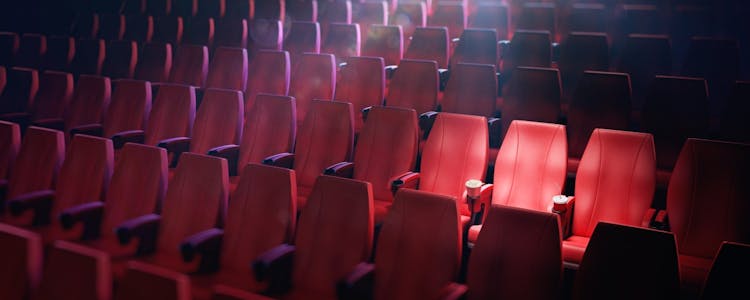
15 London County Hall
Constructed in 1922, the Grade II listed building is located on the southern banks of the River Thames. Designed by Ralph Knott, the building features an Edwardian Baroque style. The county hall hosts many attractions including the the Sea Life London Aquarium, and business events.

16 Old Vic Theatre
The Old Vic Theatre, is a grade II listed theatre with a rich history and singular significance. Built in 1818, it is one of the oldest theatres in London and has played host to some of the most memorable performances in British theatrical history. From Sarah Bernhardt to Laurence Olivier to Judi Dench, the Old Vic has seen some of the world’s best actors take to its stage.
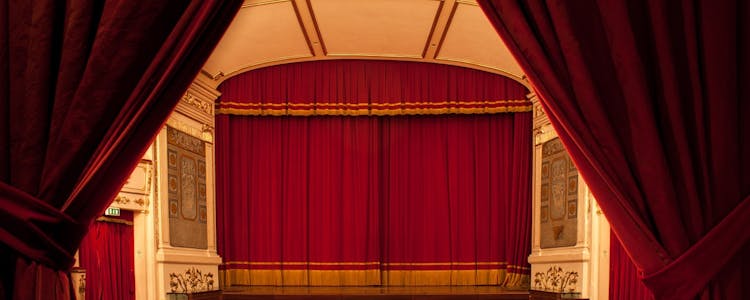
17 London Palladium
The London Palladium is one of the most iconic and beloved performance venues in the United Kingdom, and has a long history of hosting world-class acts. Situated in the heart of London's historic West End, it opened its doors to audiences in 1910 and it stands as a monument to British entertainment over the last century.
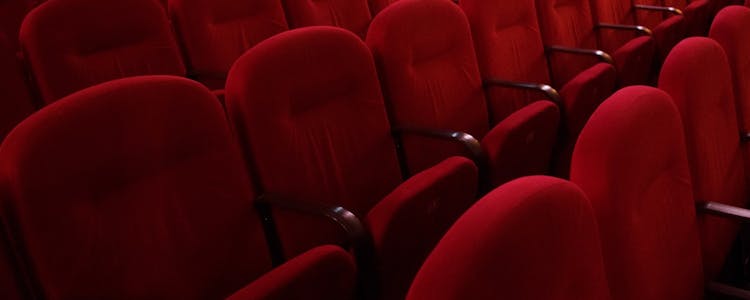
18 Novello Theatre
Novello Theatre is a West End theatre in London's bustling Covent Garden district. It was designed by architect W.G.R Sprague, and opened its doors in 1905 to much fanfare. Situated on the corner of Aldwych and Drury Lane, the theatre is known for its beautiful art nouveau design. It has hosted many famous productions over the years, including Catherine Johnson's acclaimed Mamma Mia!.
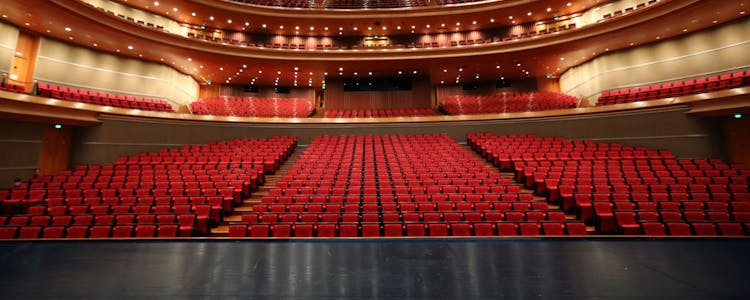
19 Lyceum Theatre
The Lyceum Theatre London is a prestigious theatre located in the heart of London's West End. Opened in 1834, the theatre was designed by renowned architect Samuel Beazley. In 1904, the building was rebuild by Bertie Crewe, in a Rococo style, retaining Beazley's grand portico and façade, and boasts a unique, classical look and feel.

20 Noël Coward Theatre
Known as the 'Albery Theatre' in the past, the theatre opened in 1903 as the 'New Theatre'. It was only after the June 2016 refurbishment, the theatre was named the Noël Coward Theatre. Featuring rococo style interiors and classical style exterior, the Grade II listed building is designed by W. G. R. Sprague.
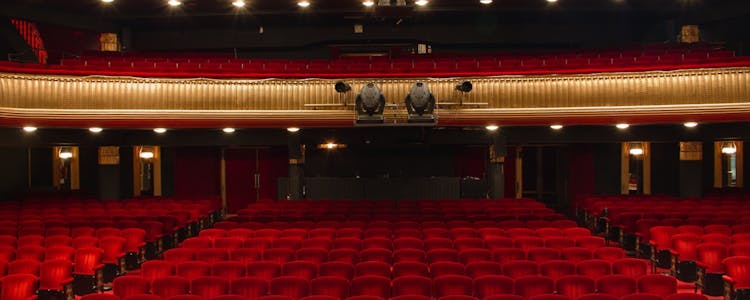
21 Phoenix Theatre
Built on the site of a former factory and a music hall, the Phoenix Theatre was designed by Bertie Crewe, Cecil Massey, and Sir Giles Gilbert Scott. The Grade II listed building features an Italianate style interior; with sculpted wooden doors and intricately detailed ceilings, and neoclassical exterior.
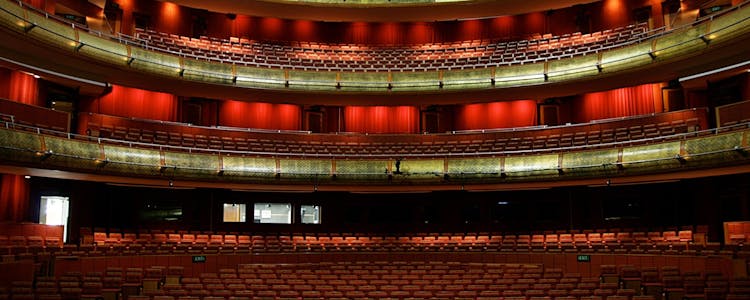
22 Piccadilly Theatre
The Picadilly Theatre is known for its art deco interiors and simple facade. Designed by Gaston Laverdet and Marc-Henri Levy, the building was taken over by Warner Brothers at one point. The buulding has also survived a German bomb during the World War II. The theatre is home to the show Moulin Rouge! since 2022.
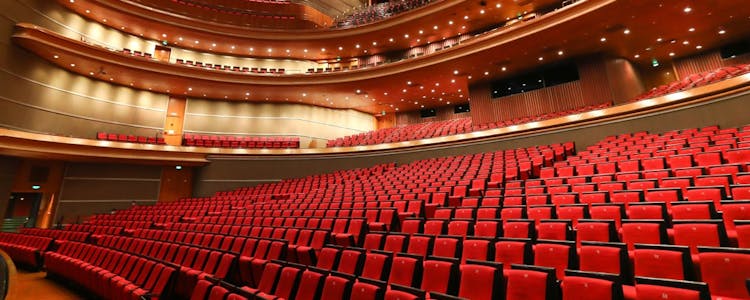
23 Savoy Theatre
Designed by C. J. Phipps, the Svaoy theatre occupies the site of the previously destroyed Savoy Palace. Oened in 1881, the theatre is said to be the first public building in the world to be lit by electricity. The theatre was home to the D'Oyly Carte Opera Company for many years in the past.

24 Sondheim Theatre
The Sondheim Theatre was known as the Queen's Theatre until 2019, after which it was renamed after the American lyricist and composer Stephen Sondheim. The Grade II listed building opened in 1907 as a twin theatre to the then Hicks Theatre or now the Gielgud Theatre; both of which were designed by W. G. R. Sprague.
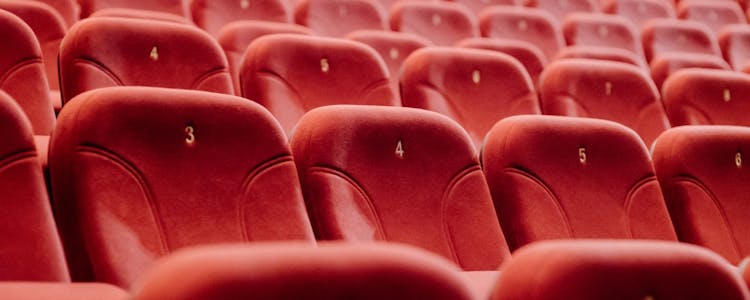
25 Shaftesbury Theatre
The last of the theatres built on the Shaftesbury Avenue, the Shaftesbury Theatre opened in 1911 as New Prince's Theatre. Designed by Bertie Crewe, the theatre opened with a production of The Three Musketeers in December 1911. The theatre advertised itself as ‘The Laughter House where you can forget the War' during the first world war.
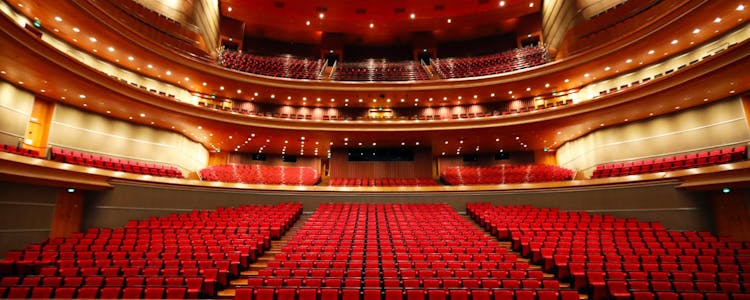
26 Wyndham’s Theatre
The Wyndham's Theatre was opened in 1988 by Charles Wyndham, a theatre owner and English actor. The Grade II listed building opened playing a revival of David Garrick, by T. W. Robertson. Cameron Mackintosh took over the theatre in 2005 under his company Delfont-Mackintosh Ltd.
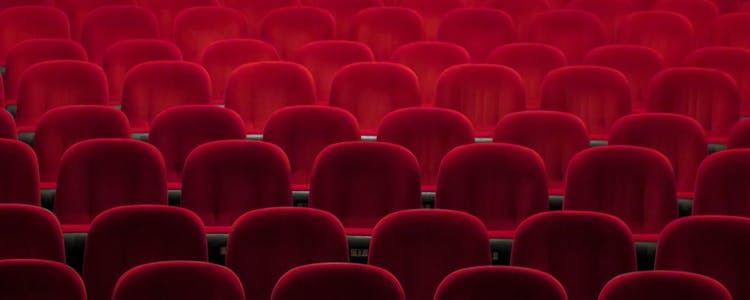
27 Peacock Theatre
Owned by the London School of Economics and Political Science, the theatre is located in the same campus. The original theatre opened in 1911 as the London Opera House. The current building was built in 1960. The theatre is now used for lectures, conferences, public talks and more, besides concerts and award ceremonies.
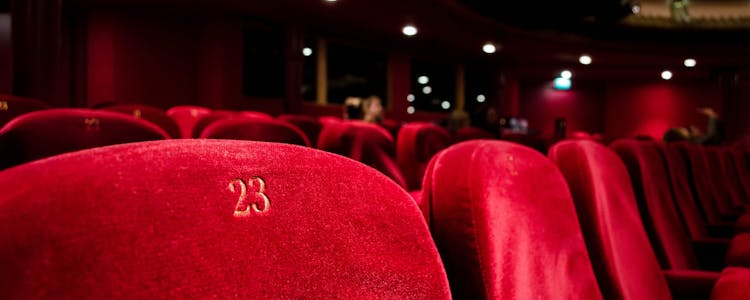
28 Vaudeville Theatre
The Vaudeville Theatre was established in 1870. It has been entertaining audiences with classic and contemporary stage plays for over 150 years. Designed by architect C. J. Phipps, the theatre features a Romanesque style; as decorated by George Gordon. In 1870, the theatre saw the first success of the Shakespearean actor Henry Irving for his role in the play 'Two Roses'.

29 Prince of Wales Theatre
First opened in 1884, The Prince of Wales Theatre is located adjacent to the Leicester Square and Piccadilly Circus. Located in the heart of the West End, it has seen countless productions grace its stage since its reopening in 1937. From musicals to plays, the theatre has welcomed some of the biggest shows, including Mamma Mia!, West Side Story, and The Book of Mormon.

30 Royal Albert Hall
The Royal Albert Hall is a magnificent music venue built between 1867 and 1871. It was originally intended to be named the ‘the Central Hall of Arts and Sciences’. The Grade I listed building has hosted some of the world’s greatest concerts, from everyone from The Beatles to Adele. It has also hosted a variety of theatrical performances, ballets, operas and charity galas.

London Theatre Seating Sections 101
Most theatres have three sections: Stalls, Dress/Royal Circle, and Upper/Grand Circle. Smaller theatres like the Dominion Theatre have just two sections - Stalls and Dress Circle. Some theatres like Lyric Theatre also have an additional section called the Balcony.
Stalls

Stalls section in Her Majesty's Theatre.
The Stalls section is the West End equivalent of Broadway's Orchestra section. These seats are closest to the stage, thus providing the best views in the house. It is this closeness to the stage that make these the most coveted seats in the house, and the most expensive.
Royal Circle

Royal Circle section in Her Majesty's Theatre.
Just like the Mezzanine section in Broadway, the Royal Circle (also called the "Dress Circle") is the section right above the Stalls. The middle section of the Dress Circle usually has the best views of the stage. As it is right in front of the stage, but a little elevated, those seated in this section get a full view of the stage.
Grand Circle

Upper Circle section in Her Majesty's Theatre.
The Grand Circle (also known as the "Upper Circle") is the next tier of seating. Some of the cheapest seats in the house can be found in this sections. Depending on the layout of the theatre, these may give you decent views.
Balcony

Balcony section in Her Majesty's Theatre.
Some London theatres have an additional section called the Balcony, which is right above the Grand/Upper Circle. The views from these seats may not be that great, given its distance from the stage. However, if a theatre has this section, the Balcony will have the cheapest tickets in the house.
FAQs
The seating capacity of London theatres ranges from 300 to more than 2,000. Each theatre is different and has its own unique seating plan.
Headout London theatre ticket pages provide detailed information about their individual seat and aisle configurations, as well as maps that show where each seat is situated. Alternatively, you can contact the box office directly for further information on wheelchair spaces or access points for those with limited mobility.
Generally, seat locations such as mid-level rows or balcony boxes may provide a better viewing angle for audiences than being seated in the front row or too close to the stage. Also, the most expensive seats are almost always the seats with the best views.
Most performances do not have an age limit, although some may have a recommended age. This can range from anything between 6 and 18 years old depending on the production and its content.
Many theatres offer discounted tickets on certain days or at certain times of the year. Additionally, Headout offers discounts on selected shows at different theatres.
Be sure to check out our guide on the how to get cheap tickets for West End shows!


